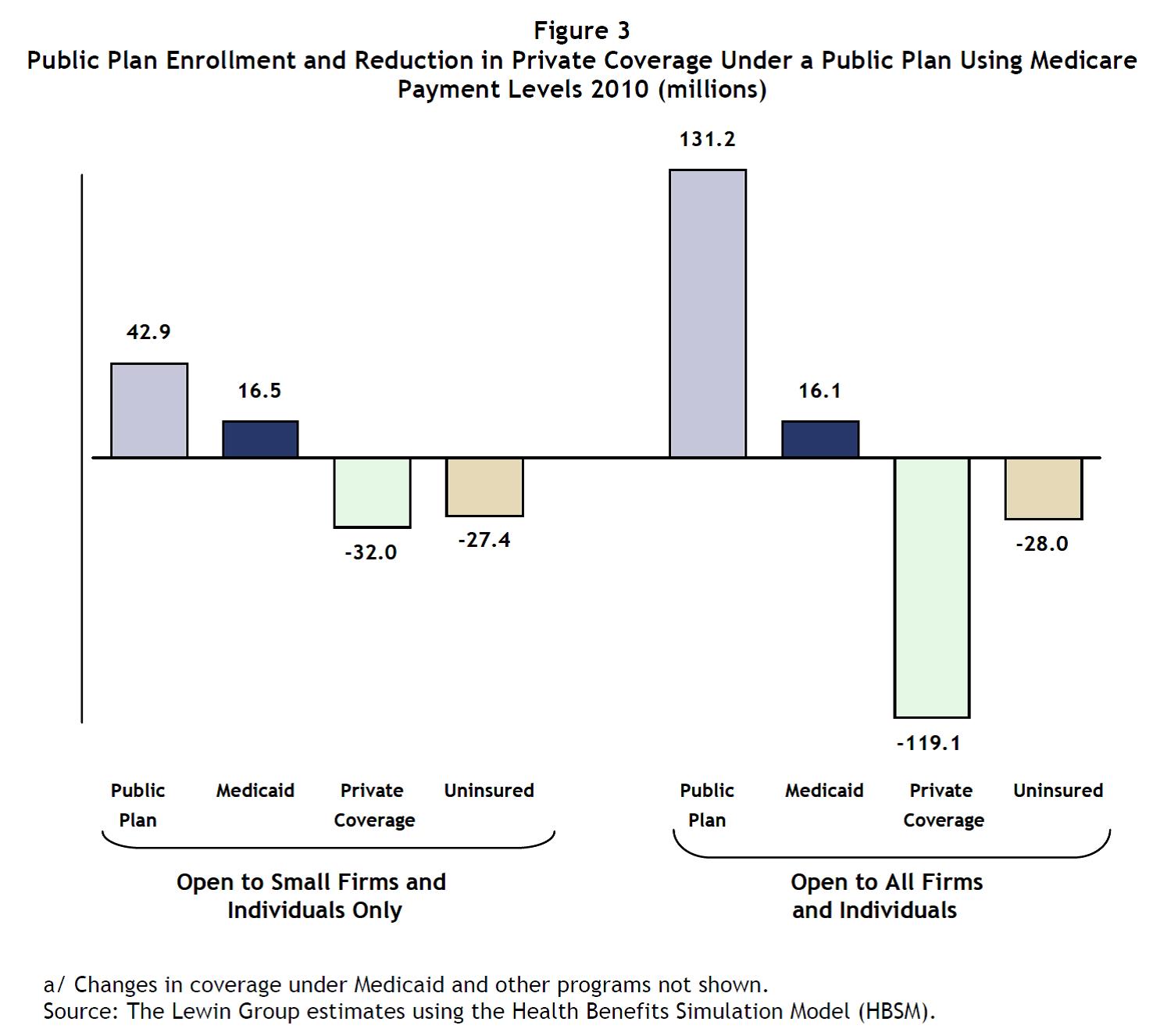Joe Biden’s Health Care Plan: SandersCare Lite
On Monday morning, former vice president Joe Biden released the health care plan for his 2020 presidential campaign. The plan comes ahead of a single-payer health plan speech by Sen. Bernie Sanders (I-VT) scheduled for Wednesday.
Biden’s plan includes several noteworthy omissions. For instance, it does not include any reference to health coverage for foreign citizens illegally present in the United States. That exclusion seems rather surprising, given both Democrats’ embrace of health benefits for those unlawfully present in last month’s debate, and Biden’s repeated references to the issue.
Biden said later on Monday that illegally present foreign citizens should have access to “public health clinics if they’re sick,” but not health insurance. He also claimed that last month’s debate format did not give him enough time to explain his position.
Overall, however, Biden’s plan includes many similarities to Sanders’. While both Sanders and Biden want to draw contrasts on health care—Sanders to attack Biden as beholden to corporate interests, and Biden to attack Sanders for wanting to demolish Obamacare—their plans contain far more similarities than differences.
Losing Coverage
Sanders’ bill would, as the American people have gradually learned this year, make private insurance “unlawful,” taking coverage away from approximately 300 million Americans. Biden’s plan specifically attacks single payer on this count, for “starting from scratch and getting rid of private insurance.”
As with Obamacare, Biden’s promise will echo hollow. By creating a government-run “public option” like Sanders’, the Biden plan would also take away health coverage for millions of Americans. As I have previously explained, a government-run plan would sabotage private insurance, using access to Treasury dollars and other in-built structural advantages.
In 2009, the Lewin Group concluded that a government-run health plan, available to all individuals and paying doctors and hospitals at Medicare rates (i.e., less than private insurance), would lead to 119.1 million individuals losing employer coverage:

More Spending
Biden would also expand the Obamacare subsidy regime, in three ways. He would:
- Reduce the maximum amount individuals would pay in premiums from 9.86% of income to no more than 8.5% of income, with federal subsidies making up the difference.
- Repeal Obamacare’s income cap on subsidies, so that families with incomes of more than four times the poverty level ($103,000 for a family of four in 2019) can qualify for subsidies.
- To lower deductibles and co-payments, link insurance subsidies to a richer “gold” plan, one that covers 80% of an average enrollee’s health costs in a given year, rather than the “silver” plan under current law.
All three of these recommendations come from the liberal Urban Institute’s Healthy America plan, issued last year. However, they all come with a big price tag. Consider the following excerpt from Biden’s plan:
Take a family of four with an income of $110,000 per year. If they currently get insurance on the individual marketplace [i.e., Exchange], because their premium will now be capped at 8.5% of their income, under the Biden Plan they will save an estimated $750 per month on insurance alone. That’s cutting their premiums almost in half. [Emphasis original.]
That’s also making coverage “affordable” for families through unaffordable levels of federal spending. By its own estimates, Biden’s plan will give a family with an income of $110,000 annually—which is approximately double the national median household income—$9,000 per year in federal insurance subsidies. Some families with that level of income may not even pay $9,000 annually in federal income taxes, depending upon their financial situation, yet they will receive sizable amounts of taxpayer-funded largesse.
Price Controls and Regulations
The drug price section of the Biden plan includes the usual leftist tropes about “prescription drug corporations…profiteering off of the pocketbooks of sick individuals.” It proposes typical liberal “solutions” in the form of price controls, whether importing price-controlled pharmaceuticals from overseas, or allowing “an evaluation by…independent board members” (i.e., bureaucrats) to determine prices.
Ironically, Biden’s plan implicitly acknowledges Obamacare’s flaws. In talking about prescription drug pricing, Biden omits any discussion of the “rock-solid deal” that the Obama administration cut with Big Pharma, so that pharmaceutical companies would run ads supporting Obamacare.
Likewise, Biden’s plan notes that “the concentration of market power in the hands of a few corporations is occurring throughout our health care system, and this lack of competition is driving up prices for consumers.” Yet it fails to note the cause of much of this consolidation: Obamacare encouraged hospitals to gobble up physician practices, and each other, to obtain clout in negotiations with insurers. Typically, after acknowledging government’s failures, Biden, like Sanders, prescribes yet more government as the solution.
In the leadup to debate on “repeal-and-replace” legislation several years ago, conservative Republicans said they did not want any replacement to become “Obamacare Lite.” Just as history often repeats itself, Democrats seem ready to embark on a similar intra-party debate. That’s because, no matter how much Biden wants to draw distinctions between his proposals and single payer, his plan looks suspiciously like “SandersCare Lite.”
This post was originally published at The Federalist.